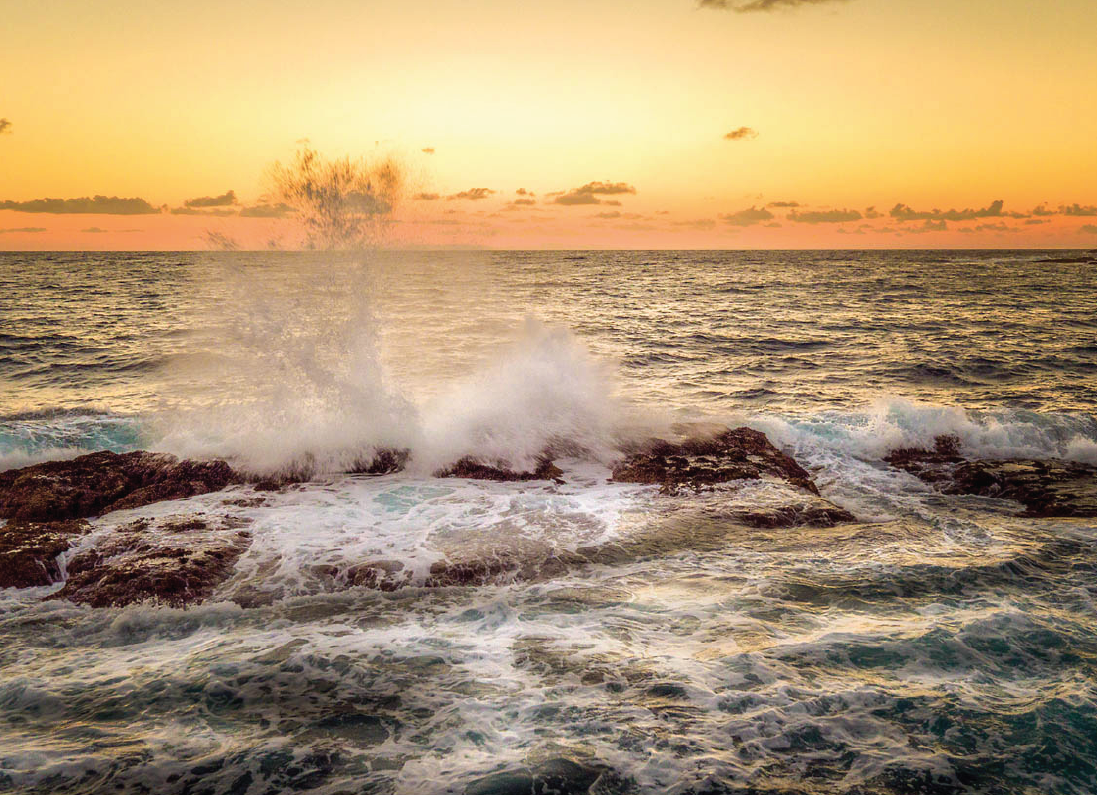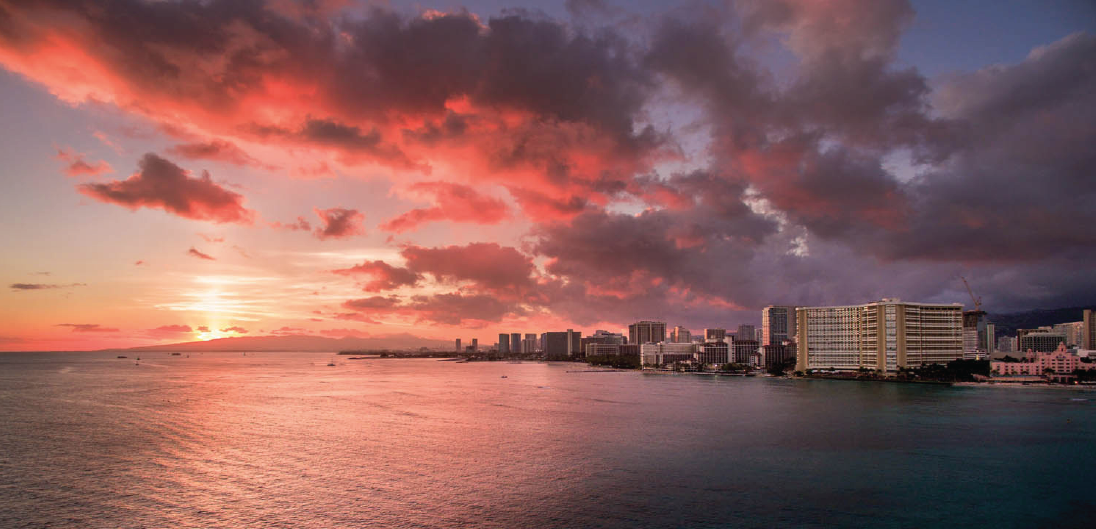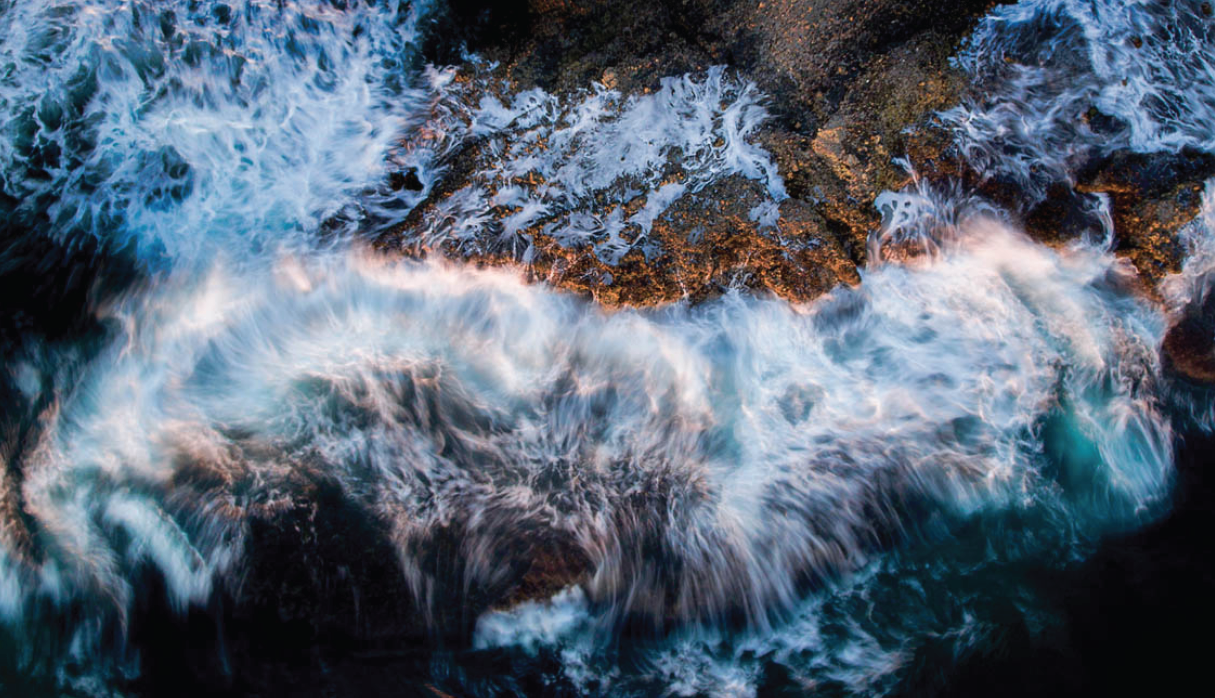The Importance of FPV in Drone Photography September 13, 2016 – Posted in: Photography – Tags: aerial photography, colin smith, drone photography, drone photography tips, drones, FPV drone photography, FPV drones, FPV tips, photoshop cafe
Photoshop Cafe’s Colin Smith, author of “The Photographer’s Guide to Drones” discusses the importance of FPV (first person view) in Drone Photography.
FPV Means Seeing What the Camera is Seeing.
Video games like Doom or Call of Duty are called first-person shooter games because they put you in the virtual driver’s seat, as if you were actually there. FPV does the same thing. It’s easier to see where you are flying when you are looking through FPV, because you can see obstacles and clearings in front of you. When the aircraft is a fair distance away, it’s hard to gauge where it is in relation to other objects because of the reduced depth perception.
While FPV is nice to have for flying, it’s really important when it comes to framing your shots.
When you are making photographs, use the FPV to frame up your shot. When you are shooting video, you will use it to frame the shot, but also to maintain that frame as you move though the shot. There are two main types of FPV: screen and goggles.
FPV SCREEN
These days, a screen usually means a phone or a tablet, but not always. Many drones, such as the Inspire 1, can have a large monitor plugged in through the HDMI jack. This allows a remote feed of what the camera sees.
Most commonly used is an iOS or Android mobile app that you download on your smartphone or tablet. These all-in-1 apps allow you to change equipment, camera, and telemetry (speed and location) settings, and provide a large real-time display of the camera feed. Some of these apps also include a flight recorder that allows you to access your flight information at a later date.
The main FPV device that I use is the iPad Air 2. Although not the latest device, it works nicely with the Phantoms and Inspires. The DJI Phantoms (3 Pro, 3 Advanced, and 4) and Inspires use Lightbridge. Lightbridge streams a real-time signal in HD. You get a crisp signal with very little flickering and almost no latency (delay). For most purposes, I like to fly line of sight and keep an eye on the FPV for reference, because I like to be aware of my surroundings. When doing a video shot, I will be looking mostly at the FPV device to make sure the framing is good and that I like the speed and movement. I will be aware of my surroundings and possibly have a spotter with me who watches the aircraft while I’m not. As soon as I’ve got the shot, I immediately look back at the aircraft and make sure everything is nice and clear.
Sun glare can be an issue, so a sunshield for your screen is important. You can make one yourself out of black foam core. Sunglasses can be worn, but make sure they aren’t polarized, because this makes it difficult to see the screen.
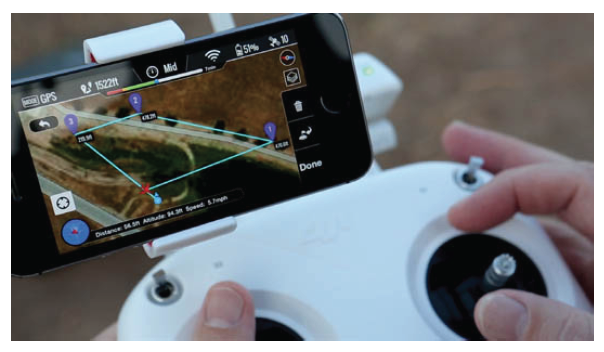
GOGGLES
FPV goggles are a fully immersive way of looking through your FPV. When you wear these goggles, all you see is the display through the eyepieces. It provides a very clear view of the FPV, and makes it very easy to see and fly as if you were up there in the drone yourself. Because of this superior view, FPV goggles are used for drone racing.
Because I shoot photos and video, I don’t exclusively use goggles. I like to be aware of my environment and know where the drone is in space at all times. However, you could fly to position, look around, make sure there are no obstacles, and then put on a pair of goggles and fly. My favorite option is to use the Inspire in dual-operator mode. One pilot flies the aircraft using visual line of sight while the second pilot is the camera operator. They don’t have to worry about the aircraft, because they aren’t flying it. They are operating the camera. It’s really nice to be immersed in your own little world as the camera operator and get the best shots possible.
There are goggles that plug into the HDMI slot of your controller, such as the Fat Shark. These goggles let you see clearly. There are also see-through goggles like the Epson Moviero. These allow you to see your environment as well as the FPV and telemetry as a HUD (heads-up display) overlay. The HUD can be a bit difficult to see in bright sunlight.
The content and images in this article are excerpted from The Photographer’s Guide to Drones by Colin Smith.
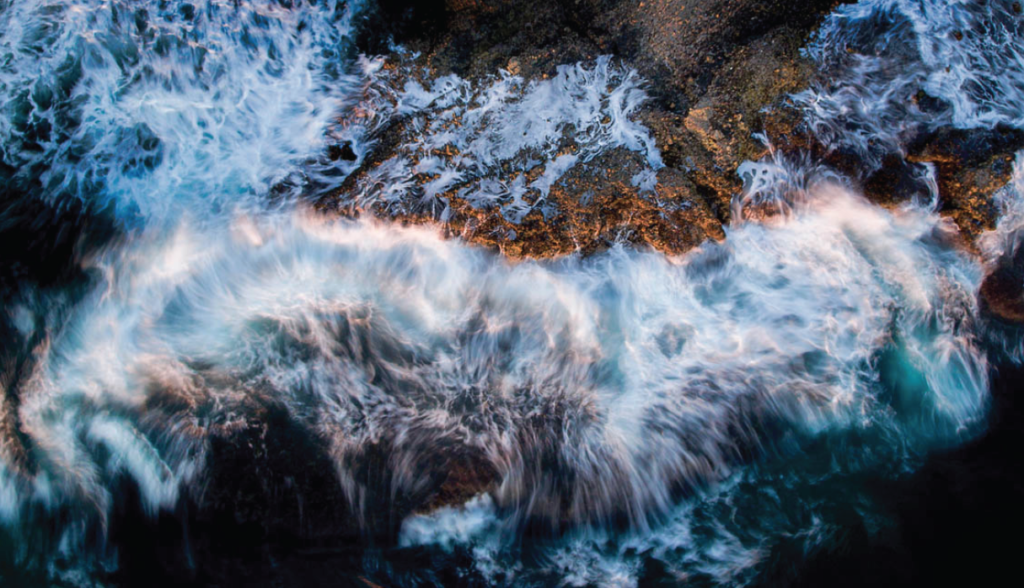
© Colin Smith
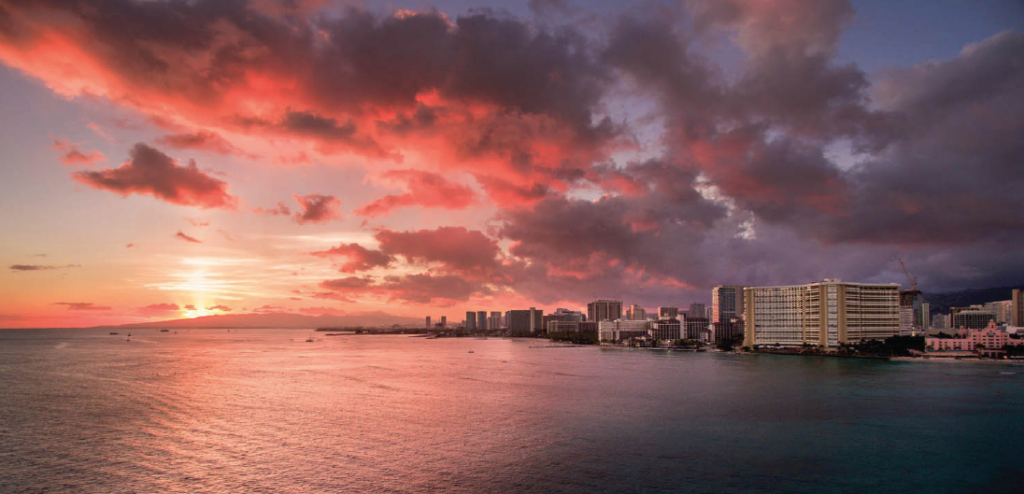
© Colin Smith
Want to learn more about drone photography?
Check out The Photographer’s Guide to Drones by Colin Smith!
Get the eBook now OR sign up for a coupon code when the paperback is available!

